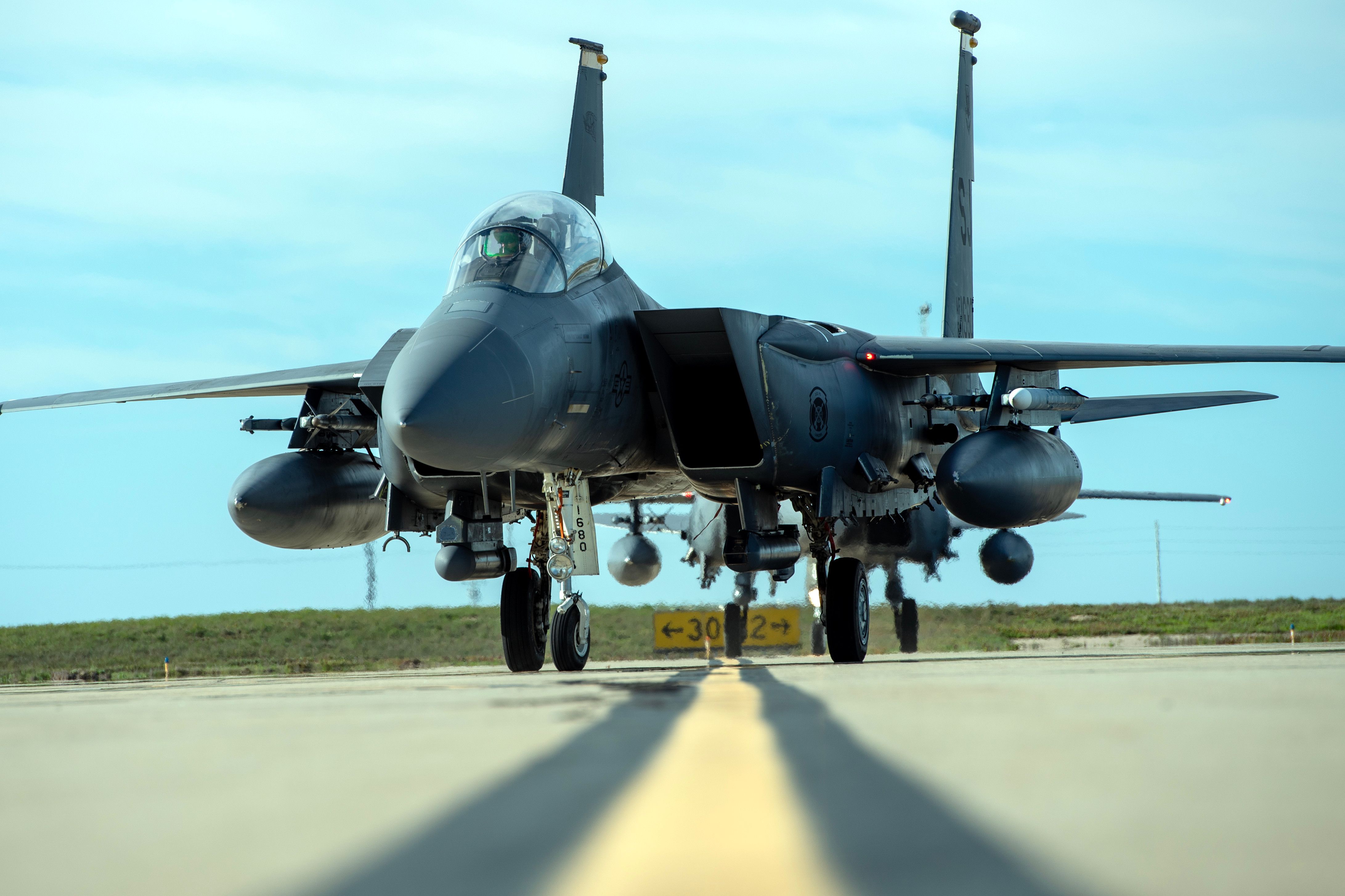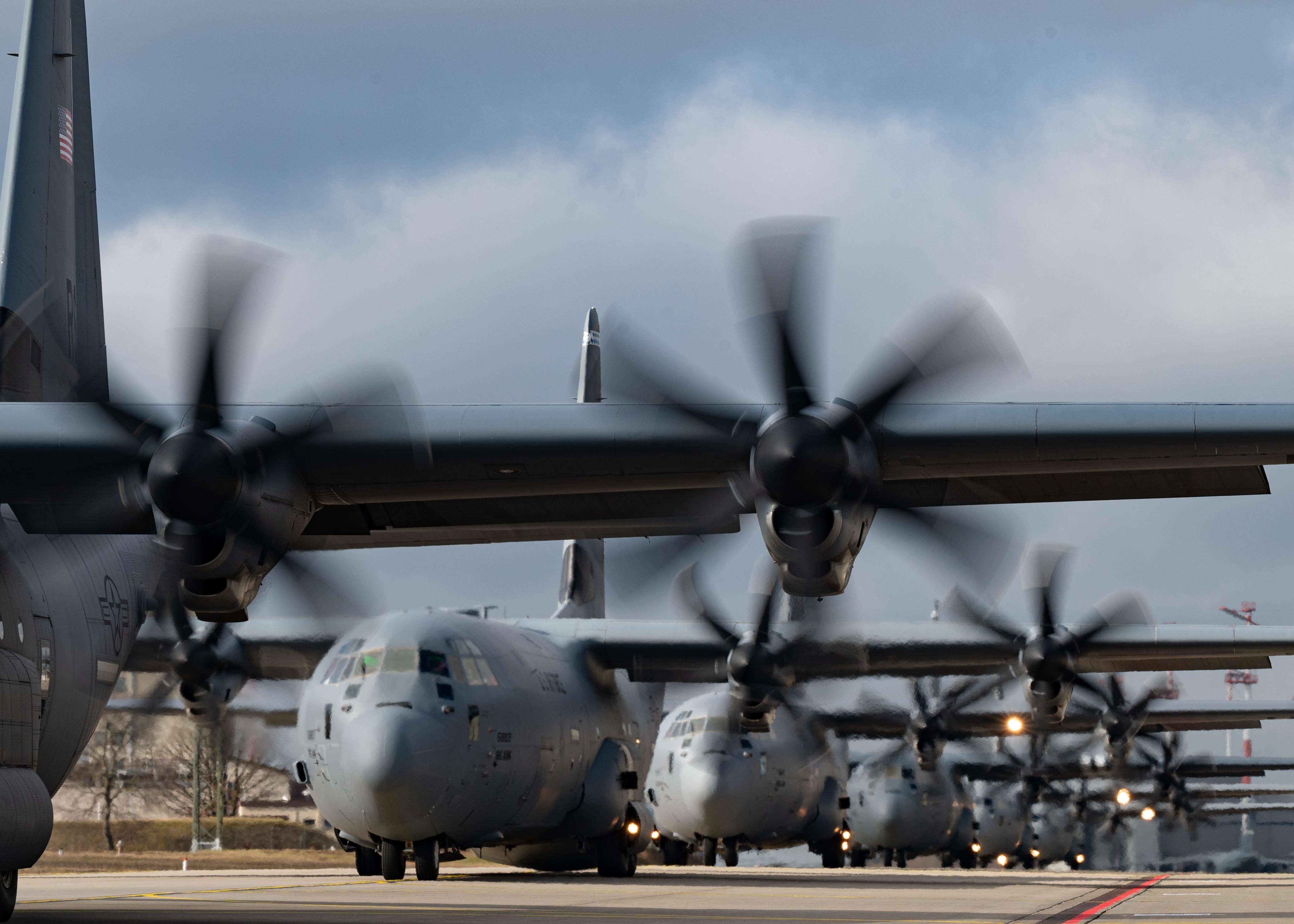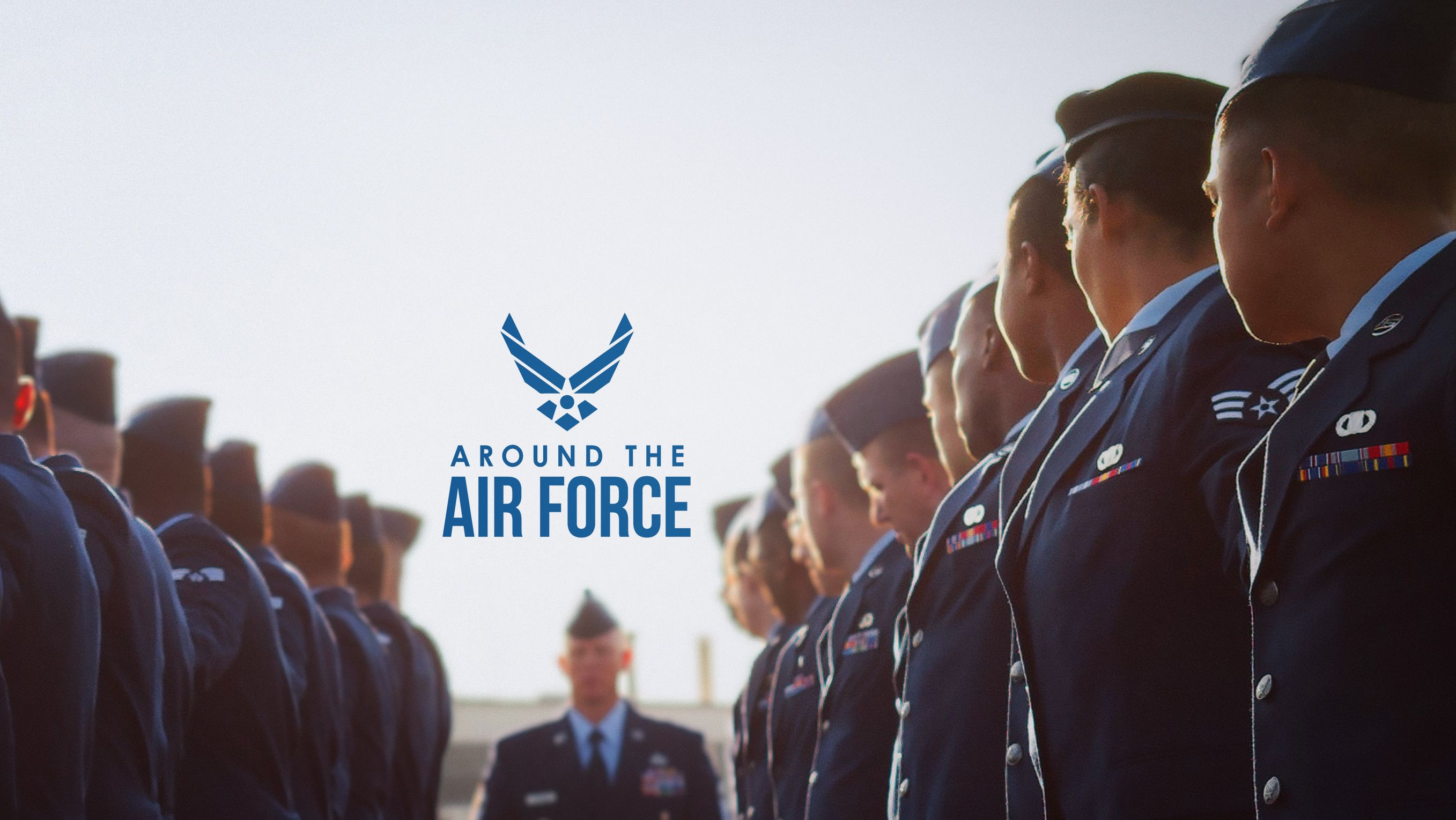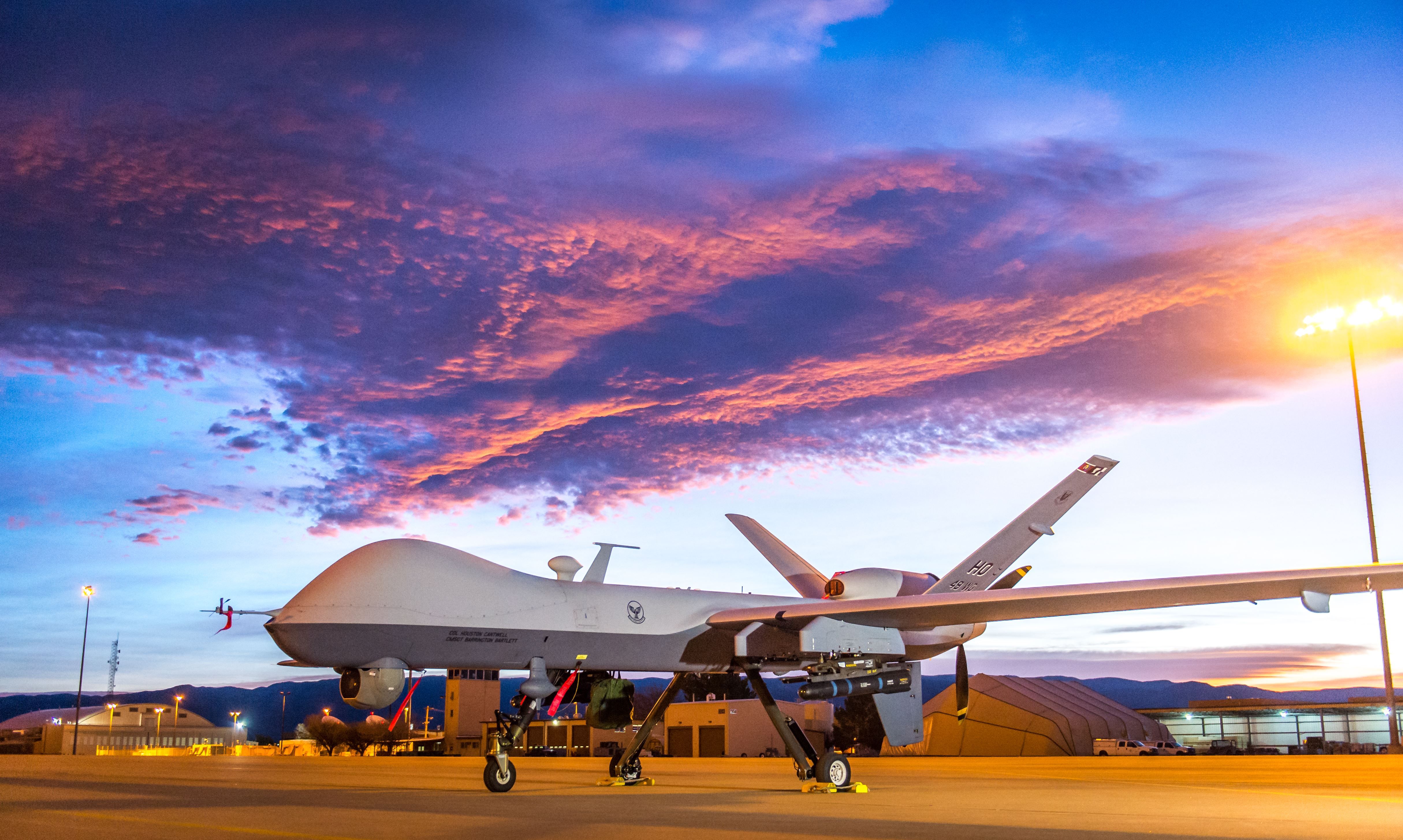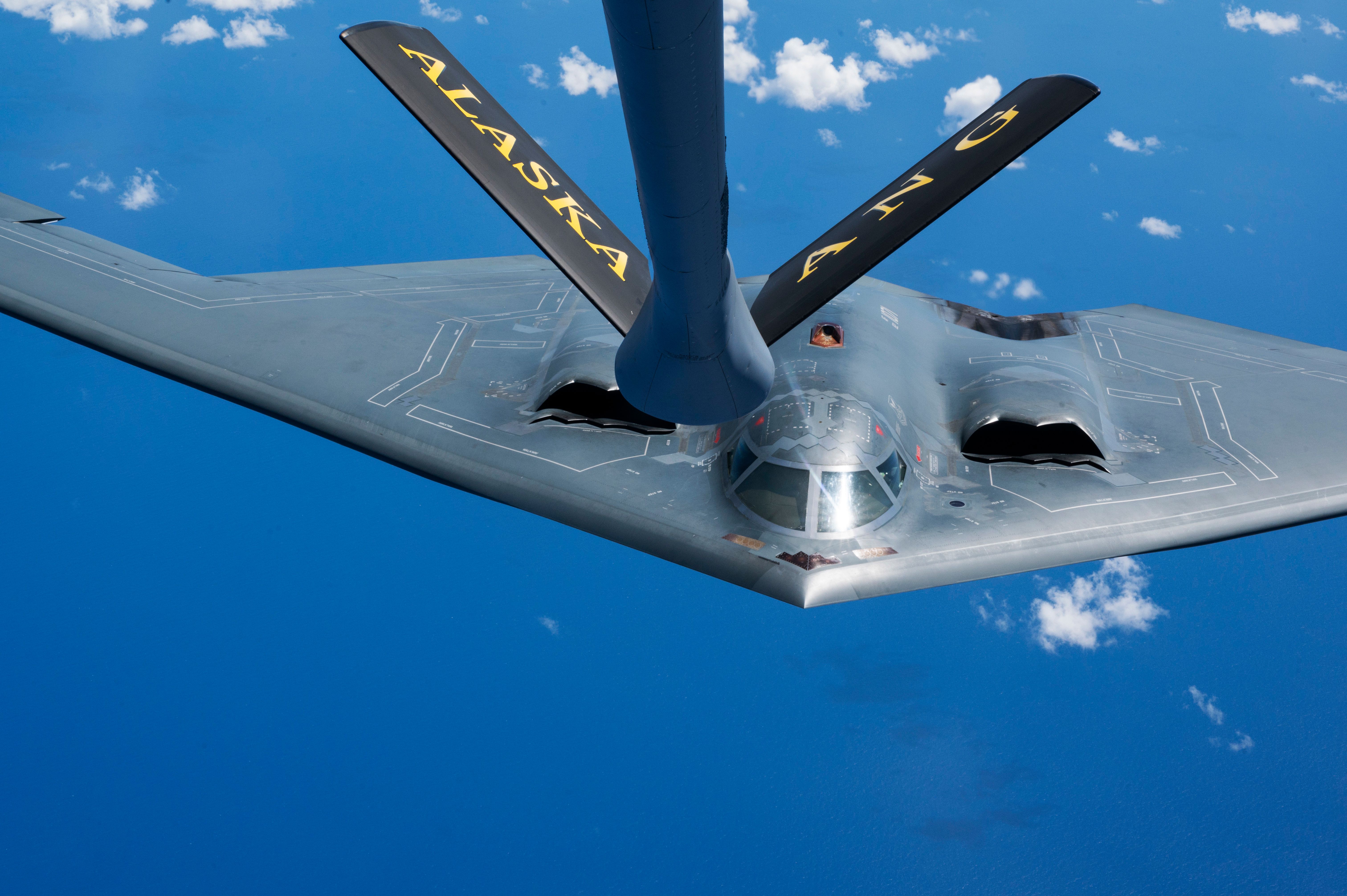
Summary
- The USAF is the foremost air and space power, defending the US by controlling skies and exploiting space.
- The USAF’s five main missions include air superiority, global strike capabilities, fast mobility, ISR, and command and control.
- The USAF’s evolution from the US Army Signal Corps in 1907 to the independent branch in 1947 highlights its crucial role.
As of 2024, the United States Air Force (USAF) remains the world’s leading air and space power and plays an essential role in national security. The primary role of the USAF is to defend the United States through the control and exploitation of air and space.
Photo: USAF
On April 8, 2021, the United States Air Force (USAF) published a new mission statement: To fly, fight, and win airpower anytime, anywhere. The ability to control the skies is paramount in success when facing adversaries and emerging threats. When writing the mission statement, the Air Force asked a wide variety of its airmen, ranging from enlisted personnel to officers, reservists, and members of the Air National Guard.
The USAF has five main missions
The nearly 700,000 men and women in the USAF work to support all aspects of air power, which include five main missions, which are:
- Air superiority: The degree to which a side in a military conflict controls the airspace over the opposing force.
- The ability to strike anywhere in the world at any time: The USAF is capable of striking any target anywhere on the planet with nuclear or conventional weapons with aircraft based in the continental United States.
- Fast global mobility: The swift deployment and the ability to deliver essential equipment and personnel for missions ranging from combat to humanitarian relief operations.
- Intelligence, reconnaissance, and surveillance: The ability to identify and assess adversary targets and vulnerabilities from hideouts to bunkers to mobile launchers with close to 100% accuracy.
- Command and control: USAF command and control systems allow commanders to conduct highly coordinated missions on an unequaled scale using centralized command, distributed control, and decentralized execution.
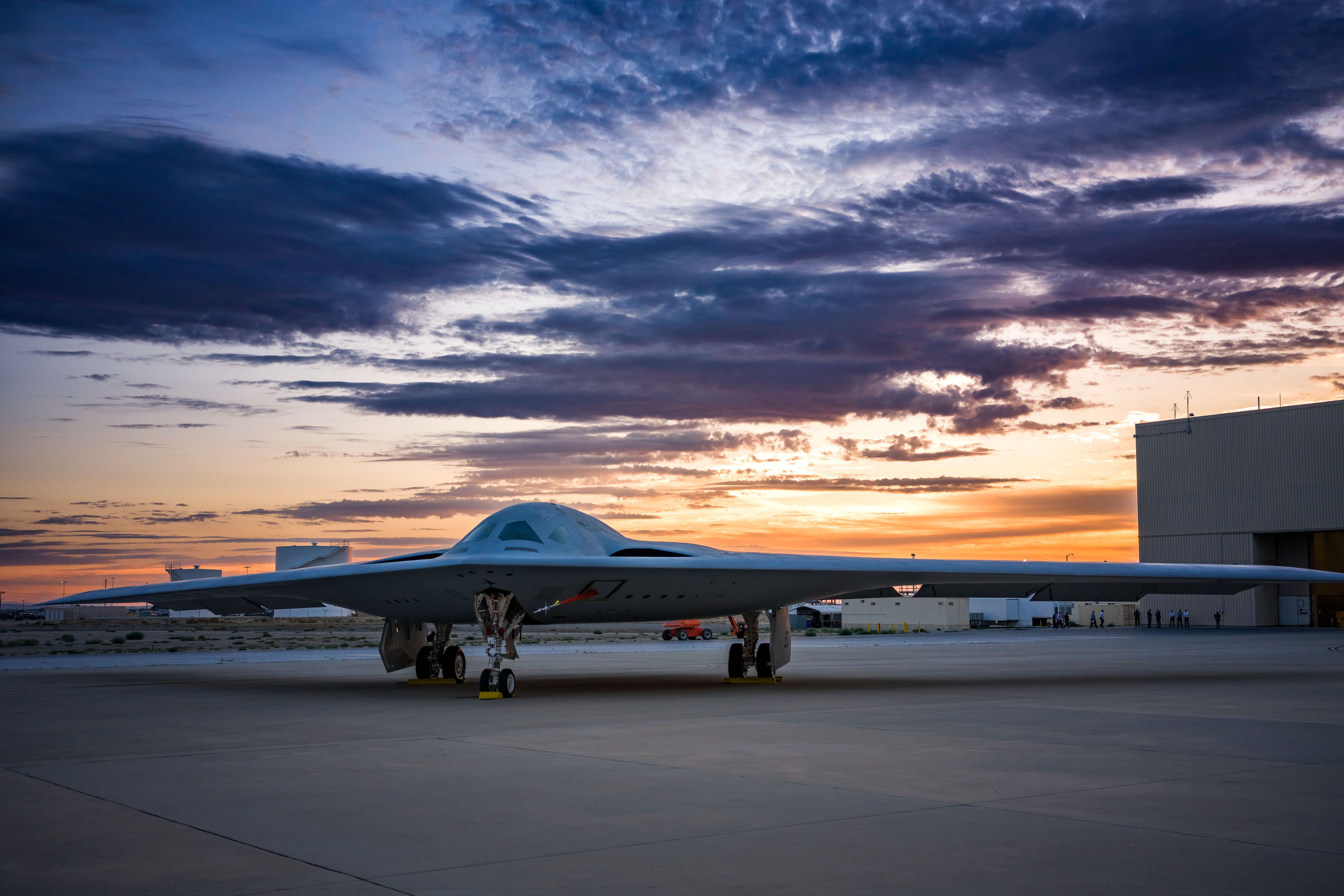
The USAF’s B-21 ‘Flying Wing’ Bomber Just Flew For The First Time
Less than a month after the B-21 was observed undergoing daytime taxi tests, flight testing is now underway.
For air power to work effectively, forces must also have Air Force base infrastructure, talent management, and resources committed to unit readiness.
Photo: USAF
Laying out the USAF mission
When speaking in the mission statement about each individual’s role in bringing everything together, Chief Master Sergeant of the Air Force JoAnne S. Bass said:
“As the new mission statement was formulated, it was important to us that all Airmen see where they fit in. “Every Airman, from every career field is directly responsible for delivering, supporting, launching, and driving airpower, which is the culmination of our diverse specialties, expertise, and capabilities that make up our great Air Force.”
Photo: USAF
Air Force Chief of Staff General CQ Brown, Jr. also weighed in with his thoughts, saying:
“Delivering airpower for our nation requires more than just aircraft,”
Brown added.
“It requires Total Force Airmen – active duty, Guard, Reserve, civilians – in all Air Force specialties working together as a seamless team to operate, maintain, and enable our mission and bring the unique capabilities and effects of airpower to bear.”
Photo: USAF
To accomplish the five main missions mentioned above, General Brown called upon all officers and airmen to accelerate changes to the USAF and to think about future challenges before they arrive. During his 2021 Air Force Association Aerospace Warfare Symposium fireside chat, General Brown said:
“Our national security is not just on the shoulders of the chief of staff of the Air Force or other service chiefs. It’s all of us together that have an interest in this, and the way we work together on this, make progress together and understand what’s out there in the future, and really appreciate that, will help all of us move faster.”
About the United States Air Force
The United States Air Force (USAF) is one of the six uniformed military services of the United States, the others being:
- The United States Army
- The United States Navy
- The United States Marine Corp
- The United States Coast Guard
- The United States Space Force
The USAF is the second-youngest branch of the United States military after the Space Force. The United States Air Force (USAF) can trace its roots back to 1907, when it began life as a part of the United States Army Signal Corps. By 1916, the First Aero Squadron had eight JN-3 airplanes, 11 pilots, and 82 enlisted men.
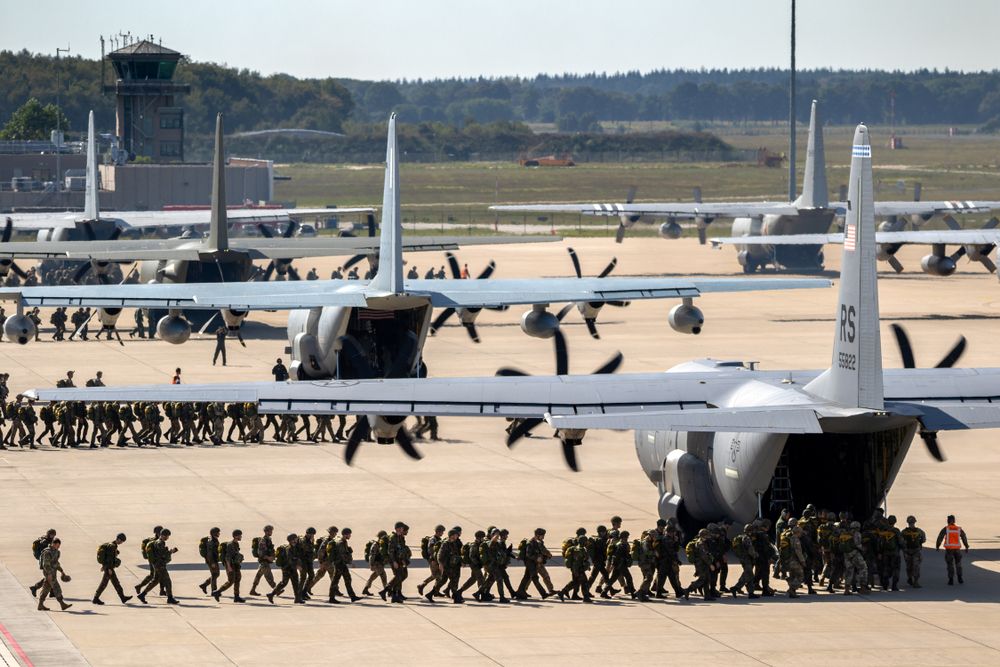
US Air Force Salary: How Much Do Employees Earn?
Officers and enlisted personnel can earn a broad array of salaries.
On March 19, 1916, the squadron was ordered to report for duty at General John Pershing’s Casas Grandes, Mexico headquarters. Their mission was to help locate Mexican revolutionary Pancho Villa and his men. The first time American planes were used again was on February 19, 1918, when the 103rd Aero Squadron began flying joint missions with the French during the latter stages of WWI.
Photo: USAF
The Air Force remained a part of the Army throughout World War II despite operating as a separate entity. An aerial attack was why the United States entered the war after the Japanese bombed Pearl Harbor on December 7, 1941. It was also an aerial attack that ended the war when two Boeing B-29 Superfortress planes named “Enola Gay” and “Bockscar” dropped atomic bombs on Hiroshima and Nagasaki on the sixth and ninth of August 1945. Following the bombings, which killed between 129,000 and 226,000 people, Japan surrendered on August 15, 1945.
The USAAF separates from the Army
On July 26, 1947, President Harry S. Truman signed into law the National Security Act of 1947 while flying aboard a Douglas VC-54C, effectively making the United States Air Force a separate but equal part of the United States military.
Photo: USAF
For years, senior members of the USAAF had been asking for the USAAF to become a separate service, only for their pleas to be met by Army and Navy bureaucracy. The dominance of American air power during WWII and the postwar planning by General Henry H. Arnold demonstrated the importance of having a separate Air Force during the Atomic Age.
